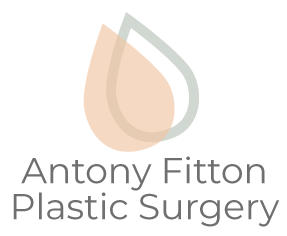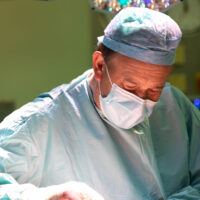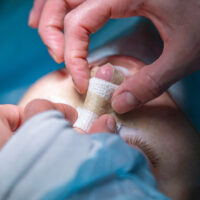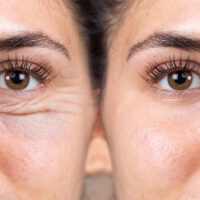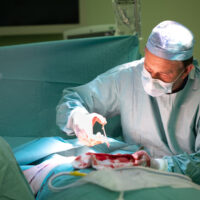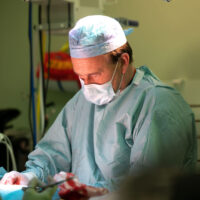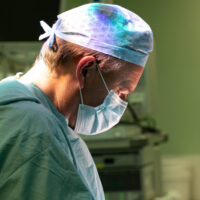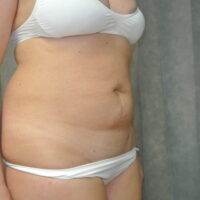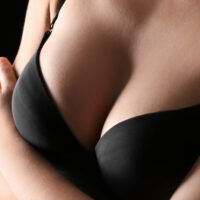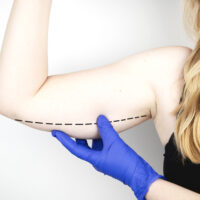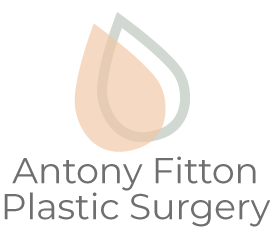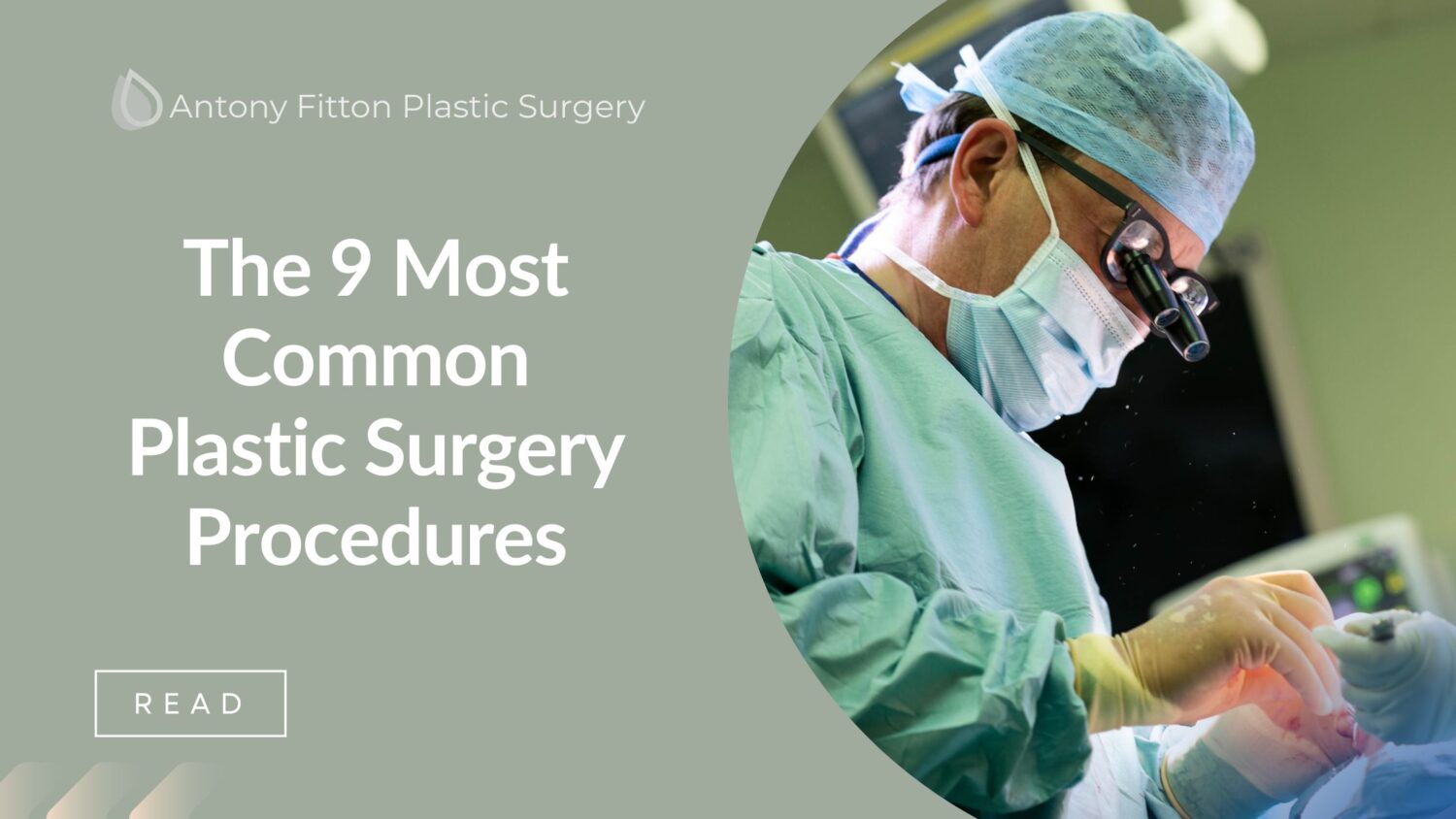
The 9 Most Common Plastic Surgery Procedures
Breast Augmentation
A breast enlargement, or boob job is an operation that restores, or gives new, shape and volume to the breast.
Many women choose to have breast enlargement or boob job surgery to boost body confidence and to feel comfortable with the size and shape of their breasts.
Implant based breast enlargement has courted controversy for several decades. Patients should be fully informed of these issues and risks before consenting to surgery.
Surgery is done for many reasons, to enlarge both breasts, to replace a breast that is absent, or to make asymmetrical breasts equal in size.
Most patients have one or two weeks of recovery before they can return to normal activities. High impact activity, such as running, may require additional healing time.
“Thank you so much for your expertise, huge care and attention. I am thrilled with the results!”
Breast Reduction
Any women with very large breasts that are problematic can be considered for breast reduction surgery. Large breasts can have a negative effect on not only your posture, but you may suffer from physical symptoms such as back pain, and find your breasts limit your ability to wear the clothes you want, or play the sports you want. The size of a woman’s breasts will largely be determined by genetics but it will also be influenced by fluctuations in weight, pregnancy, breastfeeding and hormonal changes. The surgery is a permanent solution to having disproportionate breasts and most patients return to work within two weeks.Rhinoplasty
Nose reshaping, a nose job, or rhinoplasty is an operation designed to refine the shape of the nose.
The nose is a complex three-dimensional structure and is arguably the most prominent feature of our face. We are often judged, subconsciously, by the shape of our nose. The nose is prone to injury. Anyone who has a deformity as a result of injury may benefit from nose reshaping.
Patients who are dissatisfied with certain features of their noses, such as its length, width, and bumps may be suitable candidates for this procedure.
In some cases you can improve breathing through surgery, as in the case of a deviated septum. Bruising can be obvious after surgery but should fade over the next ten days, when most patients return to work.
Ear Pinning
Ears that project too far can lead to social ridicule and a loss of self-confidence. This is especially an observation and a concern in young school children.
Ear surgery or otoplasty, is a procedure that sets back and reshapes the ears, with the aim of providing ear form that is socially acceptable and symmetrical.
Any patient with projected or misshapen ears may be suitable for ear surgery. The majority of patients who would like their ears fixed are young school children.
At this age surgery should only be performed once the patient can understand what is involved. On this basis we would caution against operating at too earlier an age.
Facelift
Facelift surgery is an operation designed to rejuvenate the face and neck.
This will result in a tighter and smoother look and more youthful appearance. A facelift is an operation to tighten and lift any loose skin and soft tissues.
Any surgery above the eyes is called a brow-lift. A facelift can be done alone, or in conjunction with other procedures such as eyelid surgery, or a nose job.
A facelift done well, should enhance the youthful appearance of the patient. Sutures are often removed five to 10 days after the procedure, but recovery will take several weeks.
Eyelid Lift
Blepharoplasty or eyelid surgery, is surgery aimed at rejuvenating the upper or lower, or both, eyelids.
Advancing age, smoking and excessive sun exposure cause laxity of the skin, muscle and other layers of the eyelids. This is marked by loss of normal skin elasticity, lax orbicularis oculi muscle and bulging of orbital fat.
The muscle in the eyes become weak and floppy and cannot retain the fat of the eye socket in its normal position: the eyelids bulge. This makes you appear more tired especially in the morning. These changes are called dermatochalasis. Too much sagging skin can also block your vision.
A blepharoplasty or eyelid surgery removes redundant skin and muscle and relocates, re-drapes or removes some of the orbital fat.
Tummy Tuck
An Abdominoplasty or Tummy Tuck, is a surgical procedure that removes excess of skin and fat from the tummy wall and is sometimes needed because the excess tissue fails to shrink after weight loss or pregnancy.
In some, the operation can also repair the muscle of the tummy wall that has pulled apart.
The best outcome of this operation is obtained in those patients who have achieve all their weight loss. It’s not a quick fix for losing weight as the procedure is usually only recommended for people with a healthy body mass index (BMI). The risk of performing this operation in patients who are still overweight is much greater.
Because the surgery is designed to result in a flattering and more toned stomach, patients typically opt for this procedure after pregnancy or after they’ve lost a significant amount of weight in a short time period.
In the right circumstances the operation can improve quality of life and helps patient regain confidence.
Transgender Surgery
Female to Male Chest Reconstruction aims to change the characteristics of a female chest to that of a specific gender identity such as a male or a non-binary individual.
The principles of Female to Male Chest Reconstruction are to remove the breast tissue, obliterate the breast fold, site the nipple in the correct anatomical position and to re-drape the skin.
Female to Male Chest Reconstruction is best performed on someone who is in the best physical shape. On this basis patients will be advised to have stopped smoking and, if necessary, loose weight. A high BMI increase risks of surgery, in general, but specifically the surgical outcomes are far better in those who have attained an ideal weight. Medical conditions such as diabetes may influence surgery.
All patients will undergo some form of pre-operative assessment, and we may need you to engage with your general practitioner to optimise any medications.
Trigger Finger
Trigger finger is caused by a thickening on the tendon catching as it runs in and out of the sheath. You can often feel this swelling in the palm as you move the finger. Often the finger sticks in a bent position, especially on waking in the morning. Pulling the finger straight is uncomfortable.
The flexor tendons that bend the fingers run from the forearm. In the fingers, there is a complex system of pulleys called the flexor sheath.
The tendons are lined by a layer of tissue called the tenosynovium. This allows them to glide smoothly through the various pulleys. As we age, the tenosynovium degenerates and thickens, a condition called tenosynovitis.
The condition can occur in any finger and therefore the triggering may return in the affected or other fingers. This is, however, very unusual if you have had surgery. Your stitches will be removed two weeks after your operation.
Summary
Managing your expectations about plastic surgery is important regardless of which procedure you wish to have done.
Before you go ahead, be sure about your reasons for wanting plastic surgery. Bear in mind the cost, the risks, and the fact the results cannot be guaranteed.
It’s critical to have realistic expectations about plastic surgery, and also to ensure you are on the same page as your surgeon.
To find out more about having a treatment, book your no obligation consultation. You will meet with Antony Fitton and receive expert advice tailored to your needs.
Please call us on 07494 250277 or book your consultation using our online form.
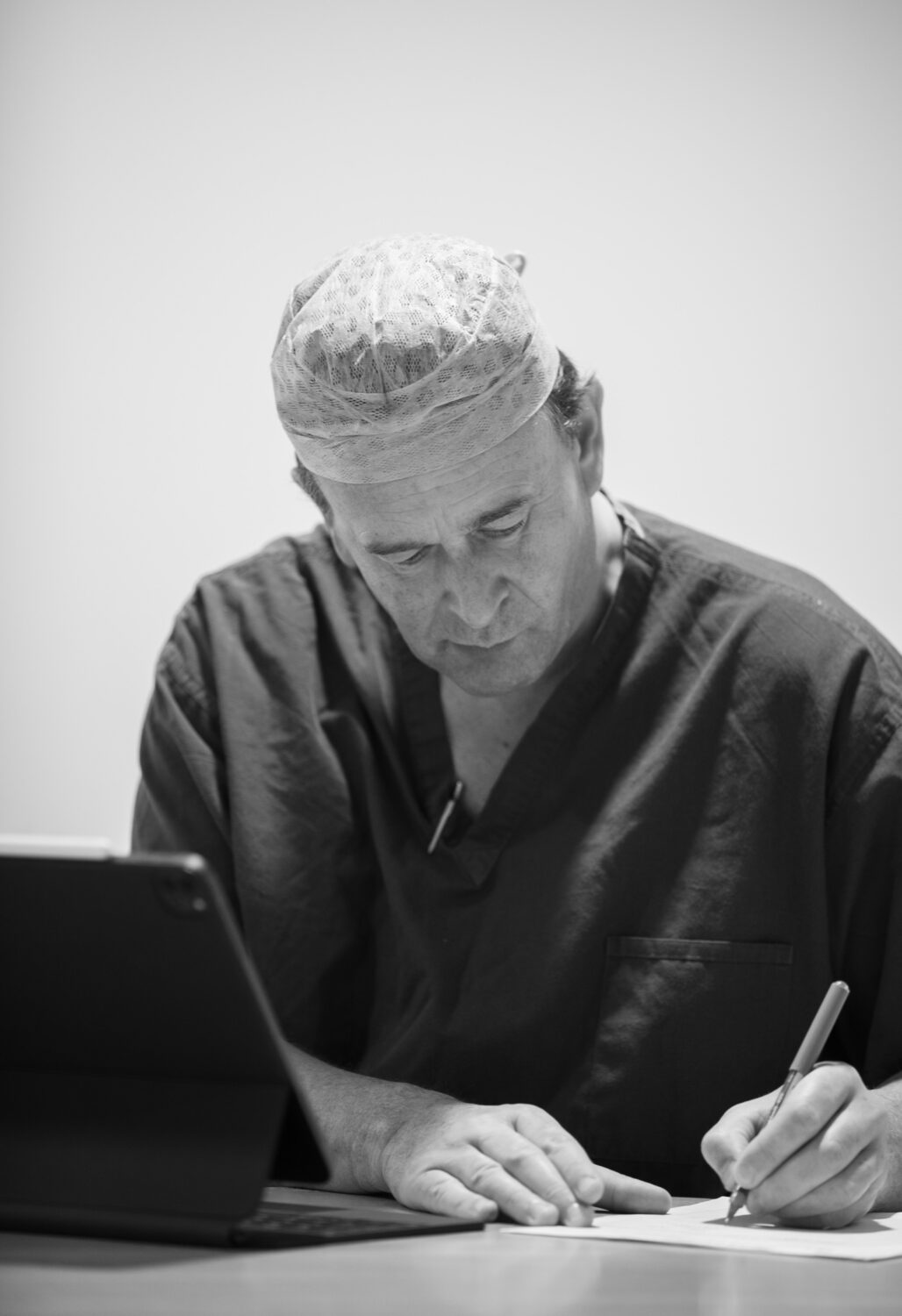
About your Plastic Surgeon: Mr Antony Fitton
MB, BS(hons)., MD., FRCS(eng)., FRCS(plast).
Mr Antony R Fitton qualified at the Royal London Hospital in 1989 with distinction in Surgery. He holds a MB, BS(hons)., MD., FRCS(eng). and FRCS(plast). (Fellowship at the Royal College of Surgeons).
He is a member of BAPRAS (British Association for Plastic, Reconstructive and Aesthetic Surgeons), BAAPS (British Association for Aesthetic Plastic Surgeons), BSSH (British Society for Surgery of the Hand).
Mr Fitton has received the Paton & Masser Award and the CM Matthews Award from the Royal College of Surgeons of England or his research in nerve injury.
Mr Fitton is licensed as Plastic and Reconstructive Surgeon by the GMC.
Life-changing result
"I just wanted to thank you (and your team) for the life-changing result of my top surgery. This will provide me with the freedom that I’m excited to enjoy, including being able to go swimming and actually staying cool in summer! All jokes aside, you have helped to mark a new chapter in my life, for which I am incredibly grateful… ALL the best."
Our appearance has an impact on how others perceive us. We are experts in creating an improved version of you. Click on a procedure below for more information.
Body surgery (or contouring) can involve all or one of the following, with prime focus on areas such as the buttocks, tummy, thighs, arms, and breasts. Click on the links below for more information.
There are several different types of hand surgery but all aim to restore functionality while making the hand look as normal as possible. Click on the links below for more information.

Should I Lose Weight Before a Tummy Tuck?
Discover if you should I lose weight before a tummy tuck and if it can enhance your surgery results
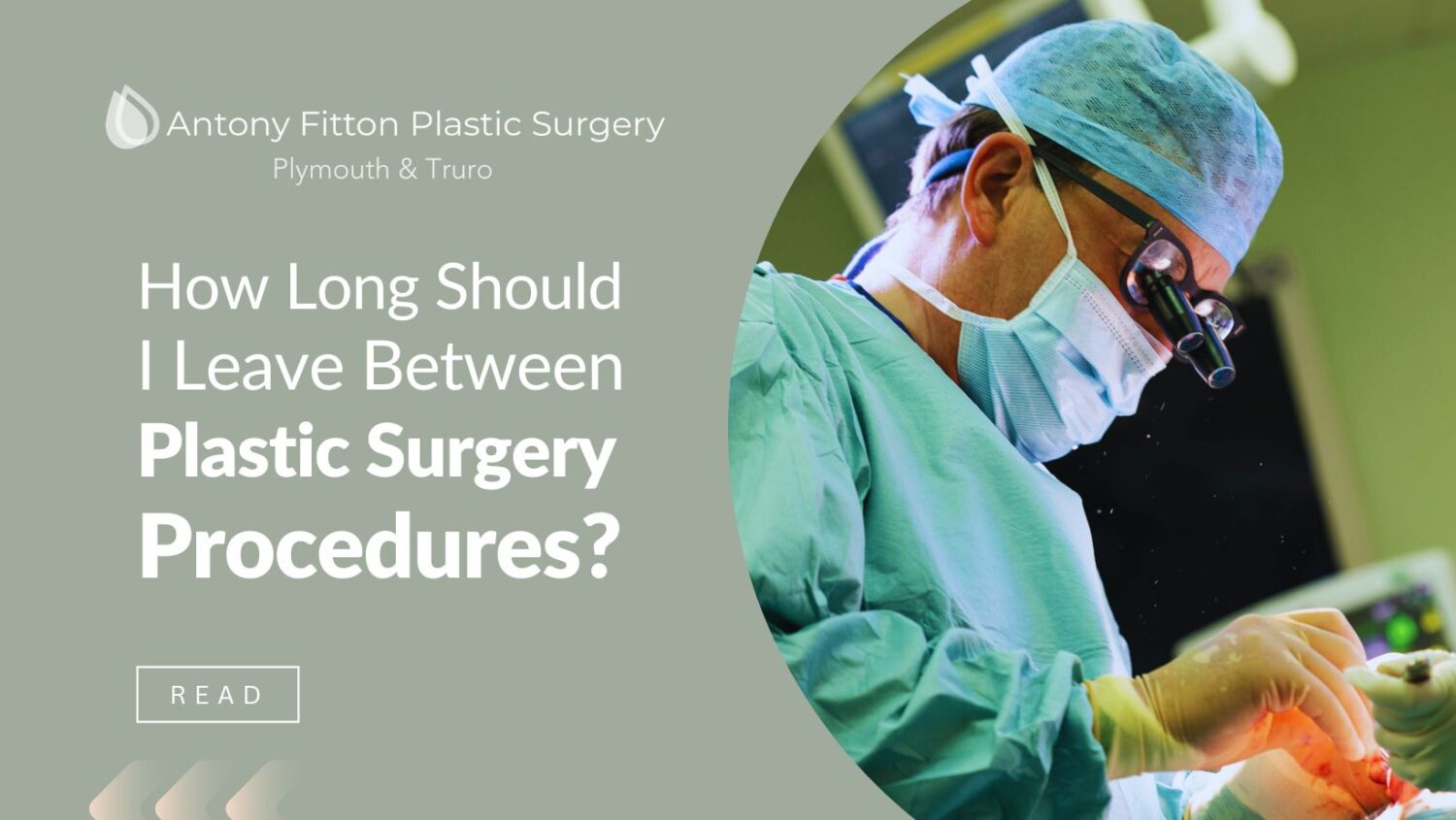
How Long Should I Leave Between Plastic Surgery Procedures?
Discover how long you should leave between plastic surgery procedures for optimal recovery and effec
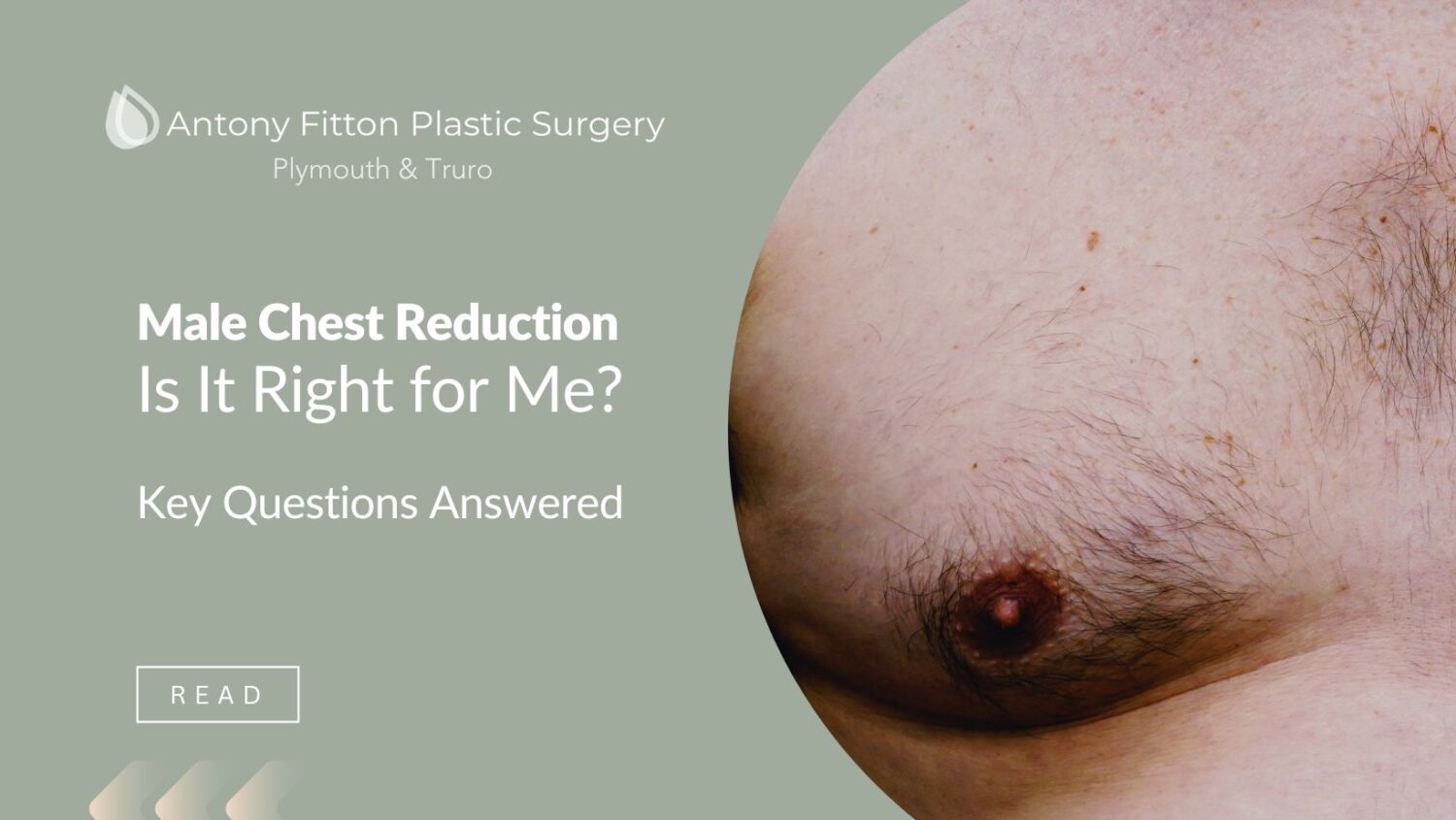
Is Male Chest Reduction Right for Me? Key Questions Answered
Is Male Chest Reduction Right for You? This blog answers crucial questions on gynecomastia surgery s



